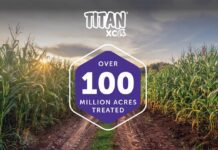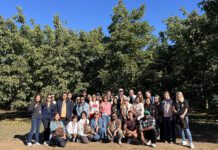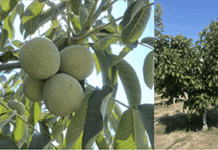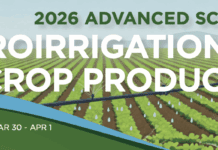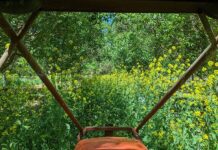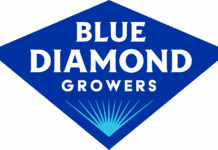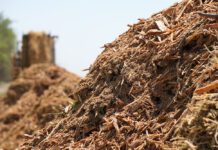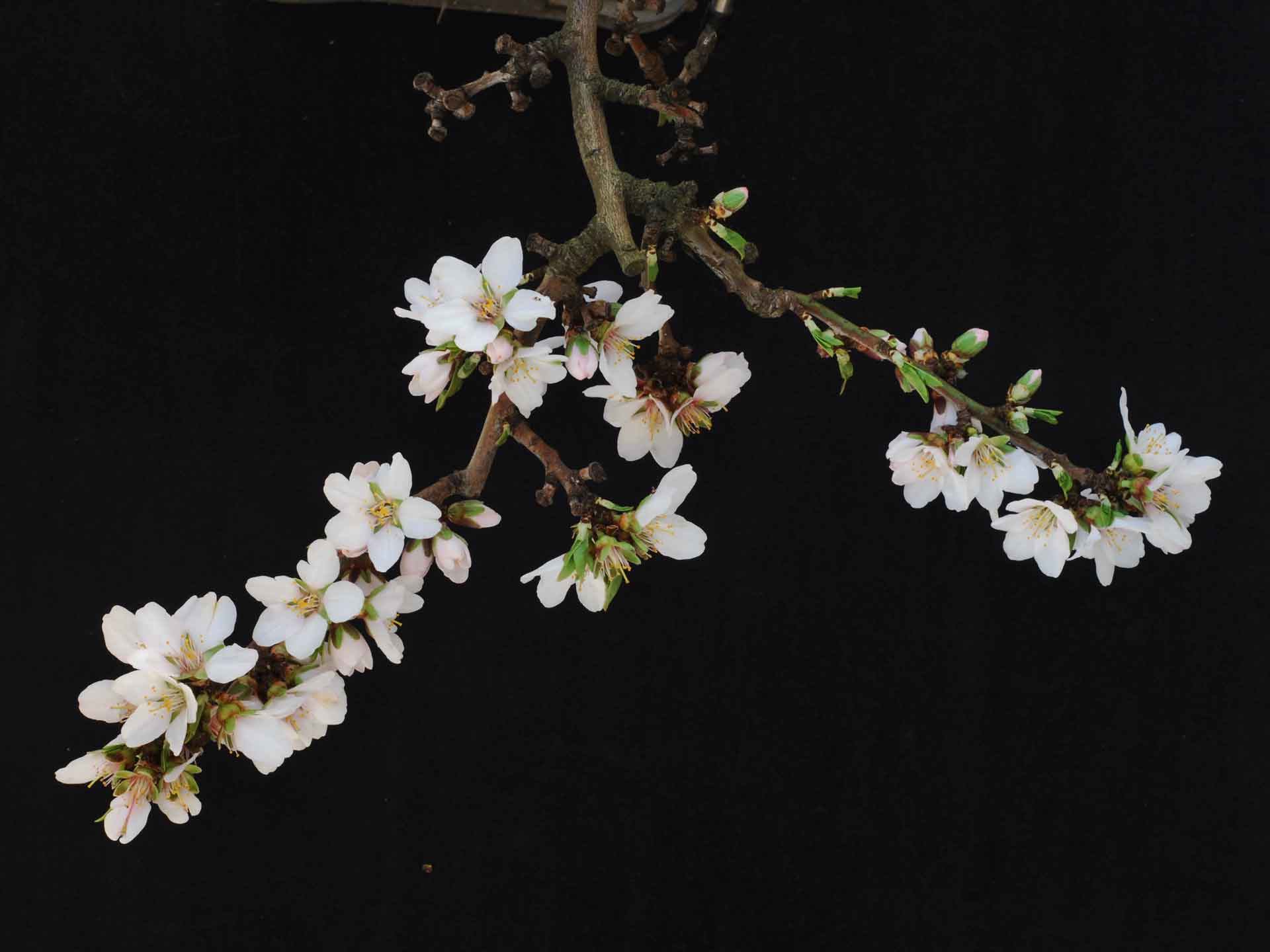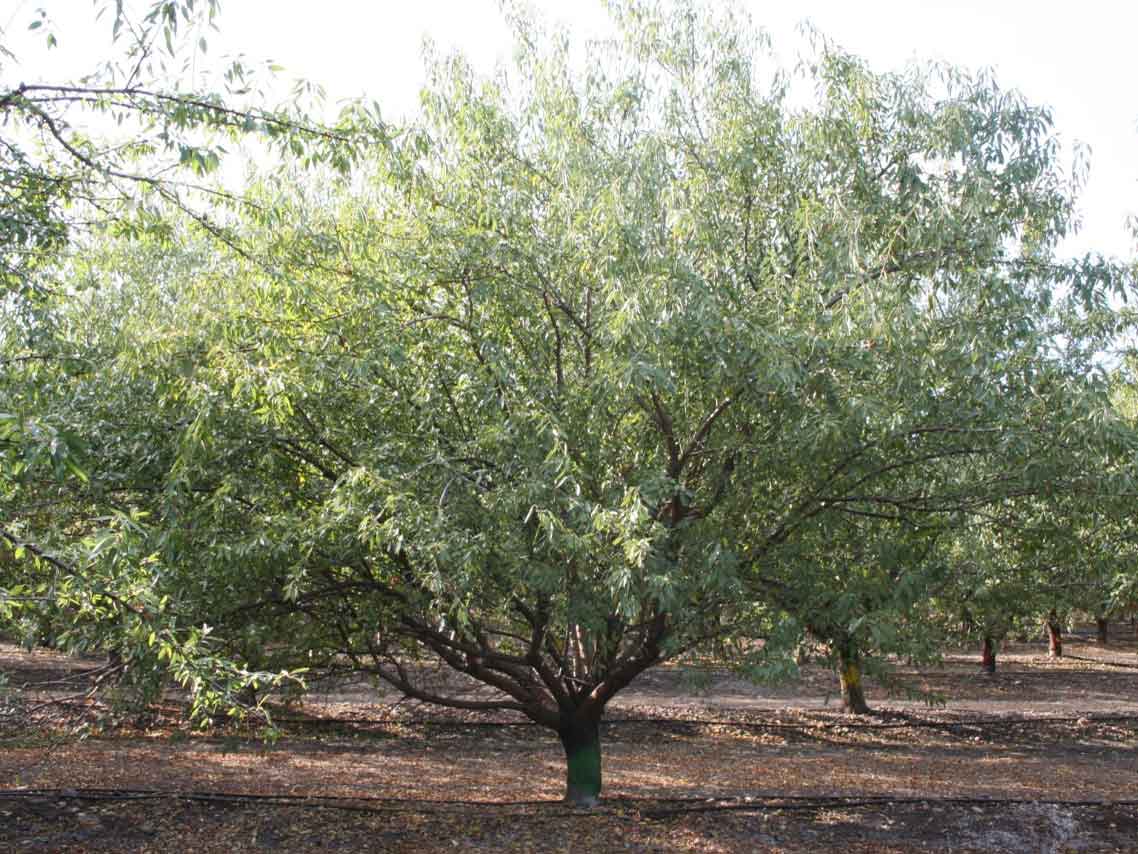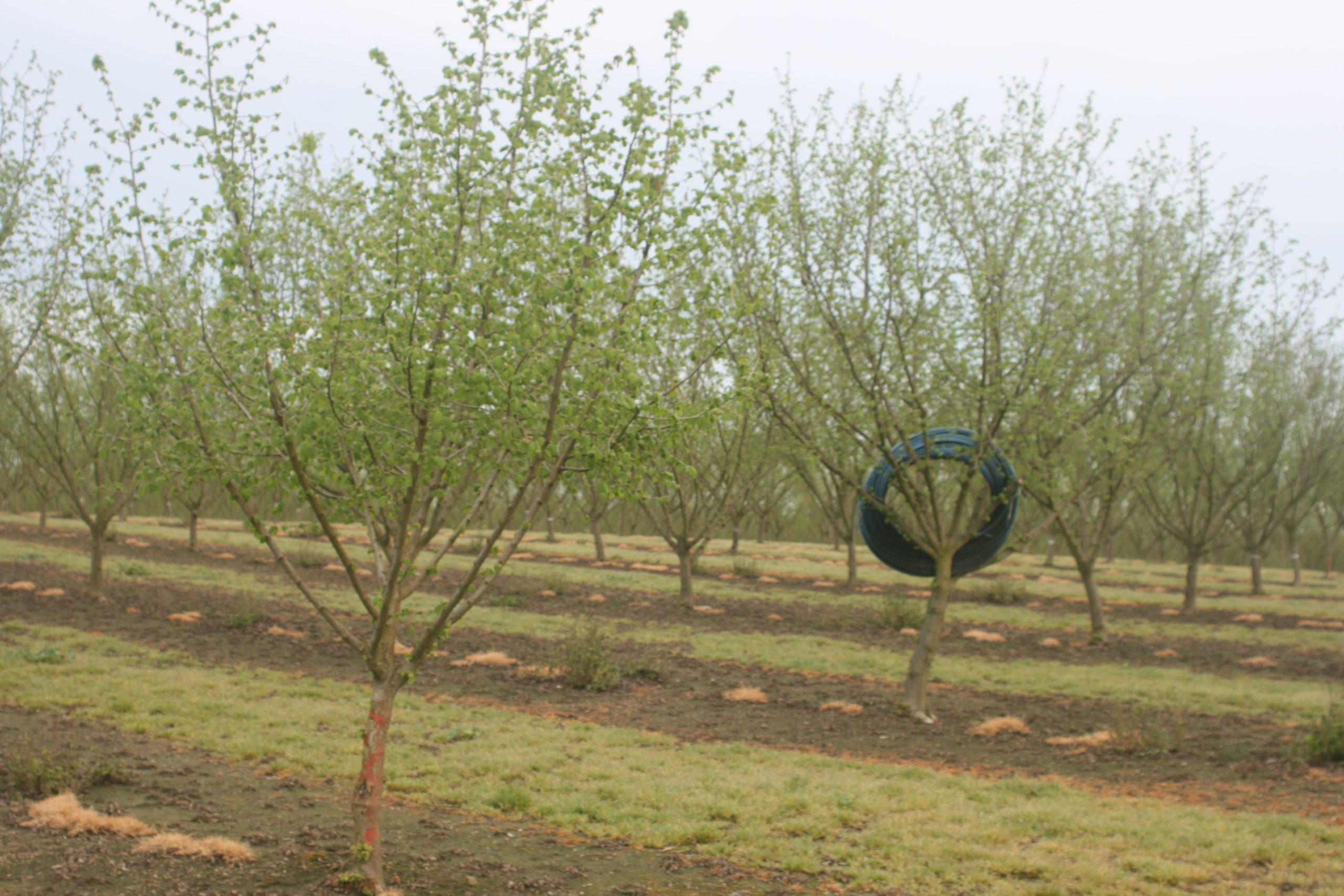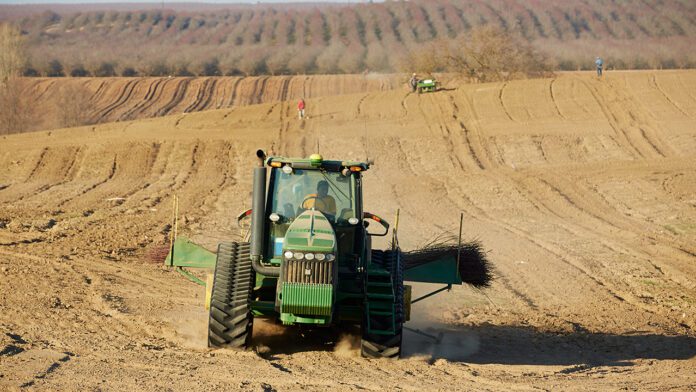
More and more growers are facing the complex decision of what to do with fallowed or unplanted land. If replanting the land remains an option, making informed decisions about what crops to plant is crucial for success.
On a recent episode of the Almond Journey Podcast, hosted by Tim Hammrich and made possible by the Almond Board of California, Linden grower James Chinchiolo shared his systematic approach to deciding which tree crops to plant on his fallowed acreage. Chinchiolo, a fourth-generation grower, primarily grows cherries and walnuts but is considering planting almonds. His thoughtful framework for decision-making offers valuable insights for growers facing similar choices.
Q. James, can you start by sharing a bit about your family’s farming history?
My great-grandfather was a fruit dealer in Boston. Our family came through Ellis Island from Sicily, Italy, and started in the fruit dealing business, primarily importing grapes from California for winemaking. Eventually, some family members moved to California to grow grapes, creating a vertically integrated operation. Around the 1940s, we pivoted from grapes to cherries and later diversified into walnuts. My great-grandmother held the bank loan on the property where we have walnuts today, and part of this block is fallow as we decide what to do next. Almonds are certainly on my mind.
Q. Were you involved in farming before taking over the operation?
No, I wasn’t. My dad advised me to gain experience outside the family business first. I ended up running a business where I repaired landslides and mitigated rockfall issues in California and Nevada. This experience taught me valuable lessons, especially in sales and marketing, which I now apply to our farming operations.
Q. How has that previous experience influenced your approach to farming?
I’ve noticed that smaller farming operations like ours, with 220 acres, often struggle with profitability due to dependency on larger growers and handlers. To address this, I began focusing on direct-to-consumer sales. This allows us to tell our own story and demand higher returns for our quality products. During the first year of COVID-19, we started shipping cherries directly to consumers in the U.S., which received positive feedback. We later expanded to walnuts, finding a similar niche market.
Q. Can you elaborate on your direct-to-consumer journey and its impact?
It started with the fear that our cherries wouldn’t be exported to key markets due to COVID-19. We opened our customer database and offered direct shipping within the U.S. The response was overwhelmingly positive, with customers appreciating the high quality of our cherries and walnuts. Currently, about 10% of our total volume goes through direct-to-consumer channels, and we’re taking a slow, steady approach to growing this segment.
Q. How do you see the future of direct-to-consumer sales in agriculture?
I believe direct-to-consumer sales have a lot of potential, especially for smaller farming operations like ours. By telling our own story and connecting directly with consumers, we can demand higher returns for our quality products. This approach also helps us build a loyal customer base and reduce dependency on larger growers and handlers. While it takes time and effort to grow this segment, the positive feedback we’ve received so far is encouraging. I see this as a sustainable way to ensure profitability and resilience in the face of market uncertainties.

Q. Let’s talk about your decision-making framework for planting new crops. What are the key factors you consider?
My framework consists of four main factors: consumer demand, input from salespeople, the regulatory environment and capital expenditure. First, I ensure that whatever we plant is in demand by consumers. I talk to salespeople from various packing operations to understand market trends. The regulatory environment, especially labor availability and water access, also plays a significant role. Lastly, I consider the capital expenditure required for planting and maintaining the crop.
Q. How does this framework apply to your consideration of planting almonds?
Almonds seem to have a bright future. The industry has done an excellent job building domestic demand, and I’ve spoken to some optimistic handling company owners. From a regulatory standpoint, the central and northern parts of the valley, where water isn’t as much of a concern, present an opportunity. We already have much of the necessary equipment for almonds, making the transition easier. The substantial momentum and support at the state and federal levels also make almonds an attractive option.
Q. What challenges do you foresee with labor and regulatory issues?
Labor availability is a significant concern, especially for crops requiring hand labor like cherries. I’m curious to see the impact of tightening borders on labor availability. The World Ag Expo in Tulare was a good opportunity to explore new mechanization technologies. Additionally, herbicide regulations are another factor. I prefer to hedge my bets on increased regulation and look for automated solutions to manage our crops.
Q. What steps, if any, are you taking to improve soil health on your fallow blocks?
We’ve handed over the fallow blocks to a neighboring row crop family, who plant oats and harvest hay. We’ve also reincorporated tree biomass back into the soil, leveraging government grants. This process takes about one to two years for the biomass to properly break down, improving soil health and microbial activity. This approach reduces the need for chemical applications and supports a healthier replanting environment.
Q. When did you notice that those practices can help? Can you elaborate on how you got to where you are with soil health practices?
When we removed the cherry blocks and replanted them immediately, we noticed significant struggles with tree health, particularly with root lesion nematodes. Sterilizing the ground with chemicals seemed to invite an imbalance in microbial activity. To address this, we now focus on tree reincorporation, where we grind up the removed trees and reincorporate the biomass back into the soil. This process, supported by government grants, takes about one to two years for the biomass to break down. During this time, we plant cover crops like oats, which help improve soil health and microbial activity. This approach reduces the need for chemical applications and supports a healthier replanting environment.
Q. Any final thoughts or advice for other growers?
Agriculture in the U.S. presents a unique opportunity and responsibility. We’re here to stay, and I’m optimistic about the future. I encourage other growers to consider direct-to-consumer sales and focus on soil health. The agriculture industry is in a cool spot, and we have the chance to make a positive impact. By working together and sharing our experiences, we can navigate the challenges and opportunities ahead.
James Chinchiolo’s thoughtful framework for deciding which crops to plant offers valuable insights for growers navigating the complexities of today’s agricultural environment. By considering consumer demand, sales input, regulatory factors and capital expenditure, Chinchiolo is making informed decisions that position his farm for success. As the agriculture industry continues to evolve, growers like Chinchiolo are leading the way with their forward-thinking strategies and dedication to overall sustainability.
To listen to Chinchiolo’s full Almond Journey Podcast episode and hear from other industry members making things work in the California almond industry, search “Almond Journey” on your preferred podcast platform.


